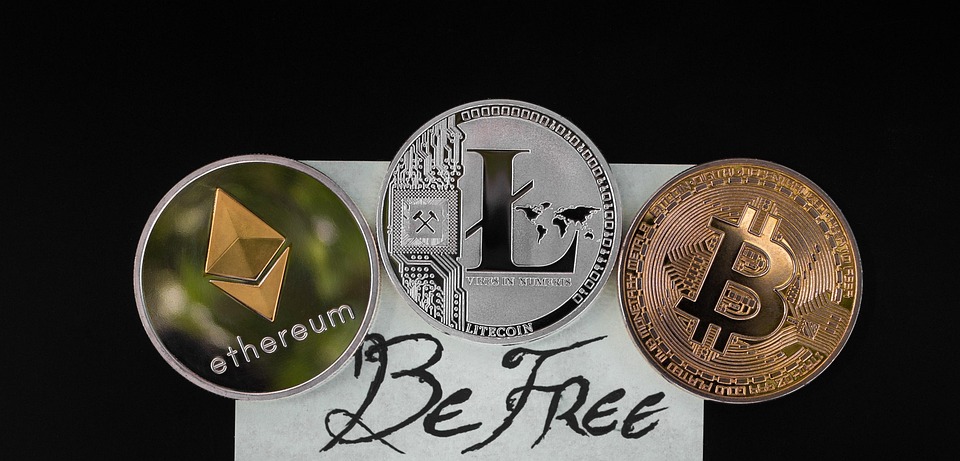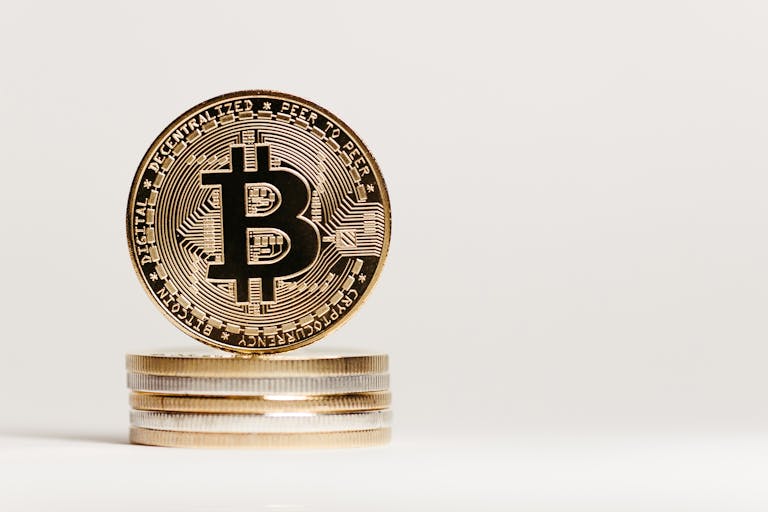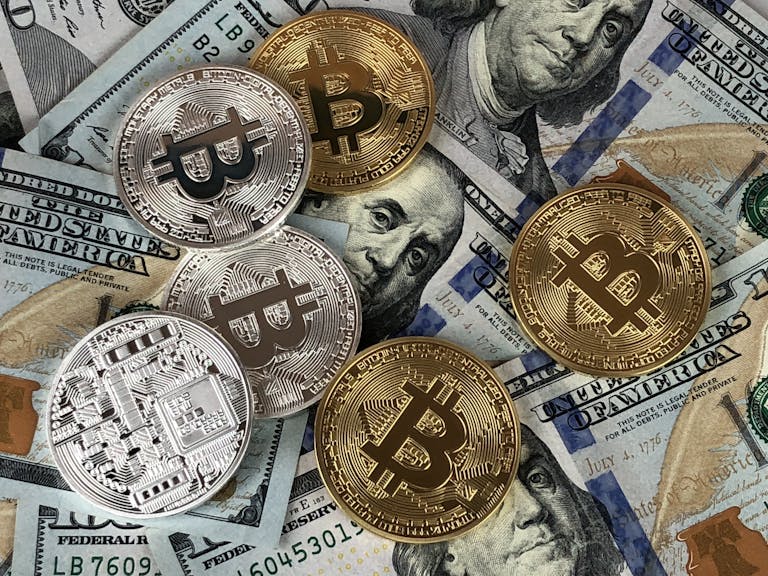How to Verify Crypto Transactions: A Comprehensive Guide
The rise of cryptocurrencies has revolutionized the way we think about money, offering decentralized, secure, and transparent financial systems. However, with this innovation comes the need for vigilance. Verifying crypto transactions is a critical step in ensuring the safety of your assets. Whether you’re sending, receiving, or tracking funds, understanding how to verify transactions can protect you from fraud, errors, and loss. In this guide, we’ll walk you through the process of verifying crypto transactions step by step.
What Is a Crypto Transaction?
A cryptocurrency transaction is a transfer of digital assets (like Bitcoin, Ethereum, or other tokens) between two addresses on a blockchain. Each transaction is recorded on a public ledger, making it transparent and immutable. However, this transparency doesn’t automatically guarantee security—it’s up to users to verify the details to ensure accuracy and legitimacy.
Why Verify Crypto Transactions?
Verification is essential for several reasons:
-
- Preventing Fraud: Scammers often use fake addresses or phishing links to steal funds.
-
- Confirming Success: A transaction might be pending or fail due to network issues or incorrect details.
-
- Ensuring Accuracy: Verifying the sender, receiver, and amount prevents mistakes.
-
- Maintaining Privacy: While blockchains are public, proper verification helps avoid unintended exposure of sensitive data.
How to Verify Crypto Transactions
1. Use a Blockchain Explorer
Blockchain explorers are web tools that allow you to search and verify transactions on a blockchain. They provide detailed information about each transaction, such as the sender and receiver addresses, amount, fees, and confirmation status.
-
- Examples:
-
- Bitcoin: Blockchair, Blockchain.com
-
- Ethereum: Etherscan
-
- Other Blockchains: BscScan (Binance Smart Chain), Solscan (Solana), PolygonScan (Polygon).
-
- Examples:
Steps to Use a Blockchain Explorer:
-
- Copy the transaction hash (a unique identifier for the transaction) from your wallet or exchange.
-
- Paste it into the search bar of the relevant blockchain explorer.
-
- Review the details: sender address, receiver address, amount, fees, and number of confirmations.
2. Check Transaction Details
Once you’ve accessed the transaction via a blockchain explorer, verify the following:
-
- Transaction Hash: Ensure it matches the one provided by your wallet.
-
- Sender and Receiver Addresses: Confirm they are correct. Be cautious of typos or suspicious addresses.
-
- Amount: Verify that the correct amount of cryptocurrency was sent or received.
-
- Fees: Check the transaction fee to ensure it aligns with network conditions.
3. Use Wallet Tools
Many crypto wallets (e.g., MetaMask, Trust Wallet, Coinbase Wallet) have built-in transaction verification tools. These tools often display the transaction hash, confirmations, and status directly within the app.
Tips:
-
- Enable notifications for transaction confirmations.
-
- Use wallets with advanced security features, like two-factor authentication (2FA).
4. Confirm the Number of Confirmations
Transactions on a blockchain require confirmations (verifications by network nodes) to be considered secure. The number needed varies by blockchain:
-
- Bitcoin: Typically 6 confirmations (about 1 hour).
-
- Ethereum: 12–24 confirmations (1–4 minutes).
-
- Other Chains: Check the specific network’s requirements.
Note: A transaction with fewer confirmations may still be reversed in a 51% attack, though this is rare. For large transfers, wait for multiple confirmations.
5. Monitor for Errors or Suspicious Activity
-
- Double-Check Addresses: Use QR codes or address validation tools to avoid typos.
-
- Watch for Phishing: Never click on suspicious links or share your private keys.
-
- Review Fees: Excessive fees could indicate a scam or a misconfigured transaction.
Common Pitfalls and How to Avoid Them
-
- Incorrect Addresses: A single typo in a wallet address can result in irreversible loss. Always double-check addresses.
-
- Fake Transactions: Scammers may mimic legitimate transactions. Verify the source and use trusted platforms.
-
- Pending Transactions: If a transaction is stuck, you may need to cancel or replace it using a higher fee (available on some blockchains).
-
- Exchange Errors: Some platforms may delay confirmations. Check the exchange’s status page for updates.
Security Best Practices
-
- Use Hardware Wallets: Store large amounts of crypto in offline wallets like Ledger or Trezor.
-
- Enable 2FA: Add an extra layer of security to your accounts.
-
- Backup Private Keys: Store backups in secure, offline locations.
-
- Stay Updated: Follow news about blockchain updates, security threats, and wallet improvements.
Conclusion
Verifying crypto transactions is a fundamental skill for any user. By leveraging blockchain explorers, wallet tools, and careful scrutiny of details, you can protect your assets from fraud and errors. Remember, the decentralized nature of cryptocurrencies means you are ultimately responsible for your funds. Stay informed, stay vigilant, and always verify before confirming a transaction.
In the evolving world of crypto, knowledge is your best defense. Whether you’re a seasoned investor or a newcomer, taking the time to understand how to verify transactions ensures a safer, more confident experience in the digital asset space.







